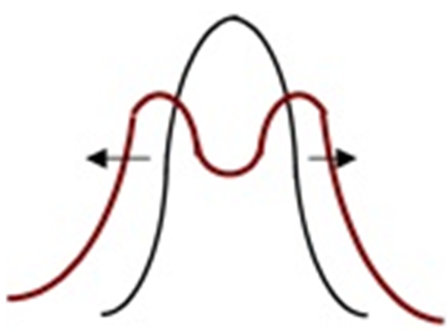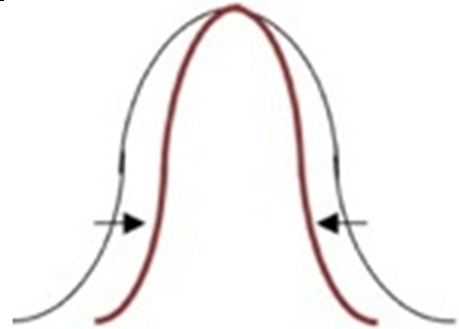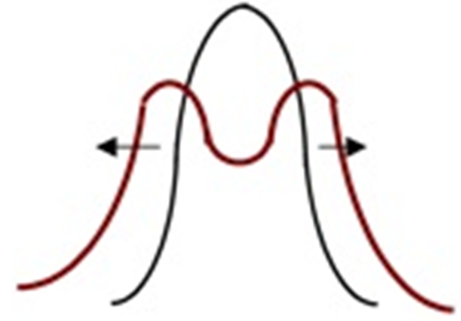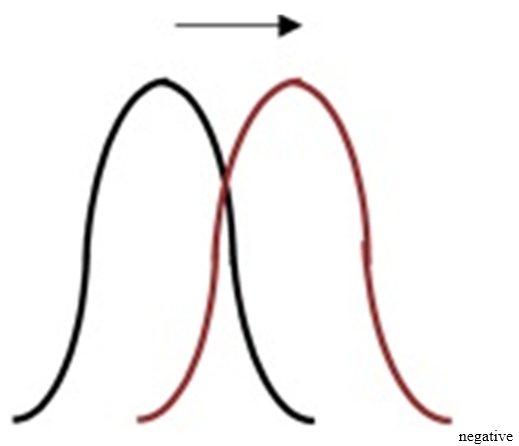Currently, for any organism to be considered as an animal it must:a
show evidence of locomotion.
b. not be an autotroph.
c. show evidence of sexual reproduction.
d. have a brain and nervous system.
e. be at the tissue level of organization
B
You might also like to view...
Refer to the paragraph about the formation of the Isthmus of Panama. If the isthmus formed gradually rather than suddenly, what pattern of genetic divergence would you expect to find in these species pairs?
A) similar percentages of difference in DNA sequence between all pairs of sister species B) greater percentage of difference in DNA sequence between species that inhabit deep water than between species that inhabit shallow water C) greater percentage of difference in DNA sequence between species that inhabit shallow water than between species that inhabit deep water
During normal climatic conditions with regular rainfall, the average beak depth for a population of finches was 6.8mm. Researchers found that after a drought, average beak depth increased to 8.8mm. Birds with deep beaks (>9mm) were better able to eat large, hard seeds. Small hard seeds were also available after the drought, but could only be eaten by birds with shallow beaks (<7mm). Choose the graphical representation and term that best represents what would happen in the post-drought finch population if both types of seeds continue to be available.
a. directional selection.

b. disruptive (diversifying) selection.

c. stabilizing selection.

d. balancing selection.

e. negative frequency-dependent selection.

Which stage(s) produce(s) the characteristic
chills and fever of the disease? a. A b. B c. C d. A and B e. B and C
Typhoid fever differs from salmonellosis in that in typhoid fever
A) the microorganisms multiply within macrophages. B) the incubation period is much longer. C) the symptoms are due to infection of the gallbladder. D) infection is spread only in the feces of domesticated animals. E) infection occurs due to ingestion of endospores.